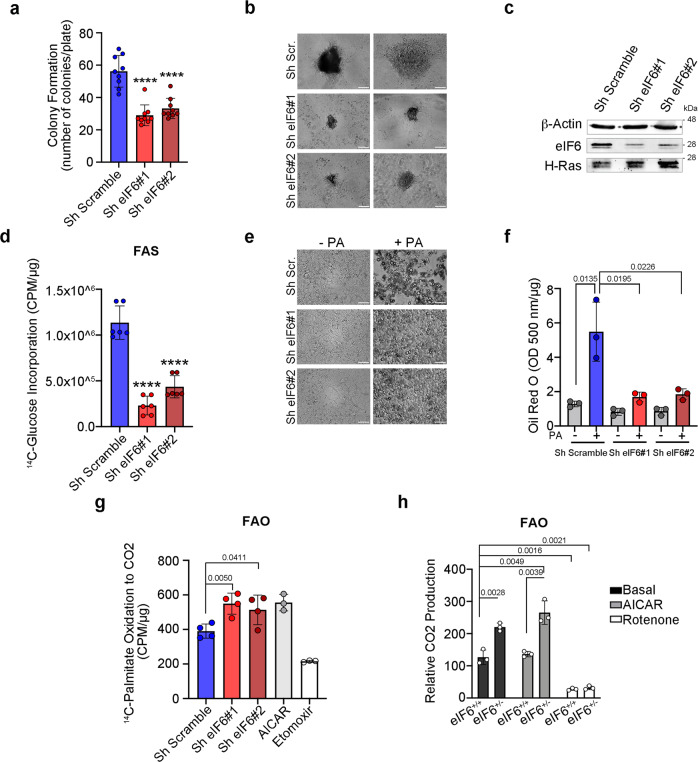Fig. 2. Downregulation of eIF6 prevents oncogenic transformation, lipid synthesis, and activates palmitate-stimulated fatty-acid oxidation.
a–c Reduced transformation by eIF6 depletion. Control and eIF6-silenced cells were transduced with DNp53-H-Rasv12 retrovirus: the number of transformed tumor colonies are reduced in eIF6-silenced cells. Data are represented as means ± SD of n = 9 plates/condition; ****p value ≤ 0.0001 a. Bright-field images of transformed colonies. Scale bars = 100 µm b. eIF6 levels in wt and silenced eIF6-transformed cells. Anti H-Ras antibody was used as a control for retroviral infection c. d FAS (fatty-acid synthesis) analysis on AML12 control and eIF6-silenced cells: eIF6 downregulation reduces 14C-Glucose incorporation (n = 6). Two-tailed t test. ****p value ≤ 0.0001. e Representative images of AML12 treated with 2 mM palmitate or ethanol, as control: depletion of eIF6 by shRNA reduces intracellular lipid accumulation. Scale bar = 50 μm. f Quantification of Oil Red O staining with or without exogenous palmitate addition. N = 3. Lipid droplets accumulation is reduced in eIF6-depleted AML12 cells. Data are represented as means ± SD. Two-tailed t test. ***p value ≤ 0.001. g FAO (fatty-acid oxidation) rates were measured on 14CO2 release upon administration of exogenous 14C-palmitate. Data are means ± SD (n ≥ 3). AICAR and Etomoxir were used as positive and negative controls, respectively. Two-tailed t test. h FAO rates in isolated livers from WT and eIF6+/− mice either in the presence of AICAR or rotenone. N = 3. Two-tailed t test. Data are means ± SD. Data are provided as a Source Data File.

